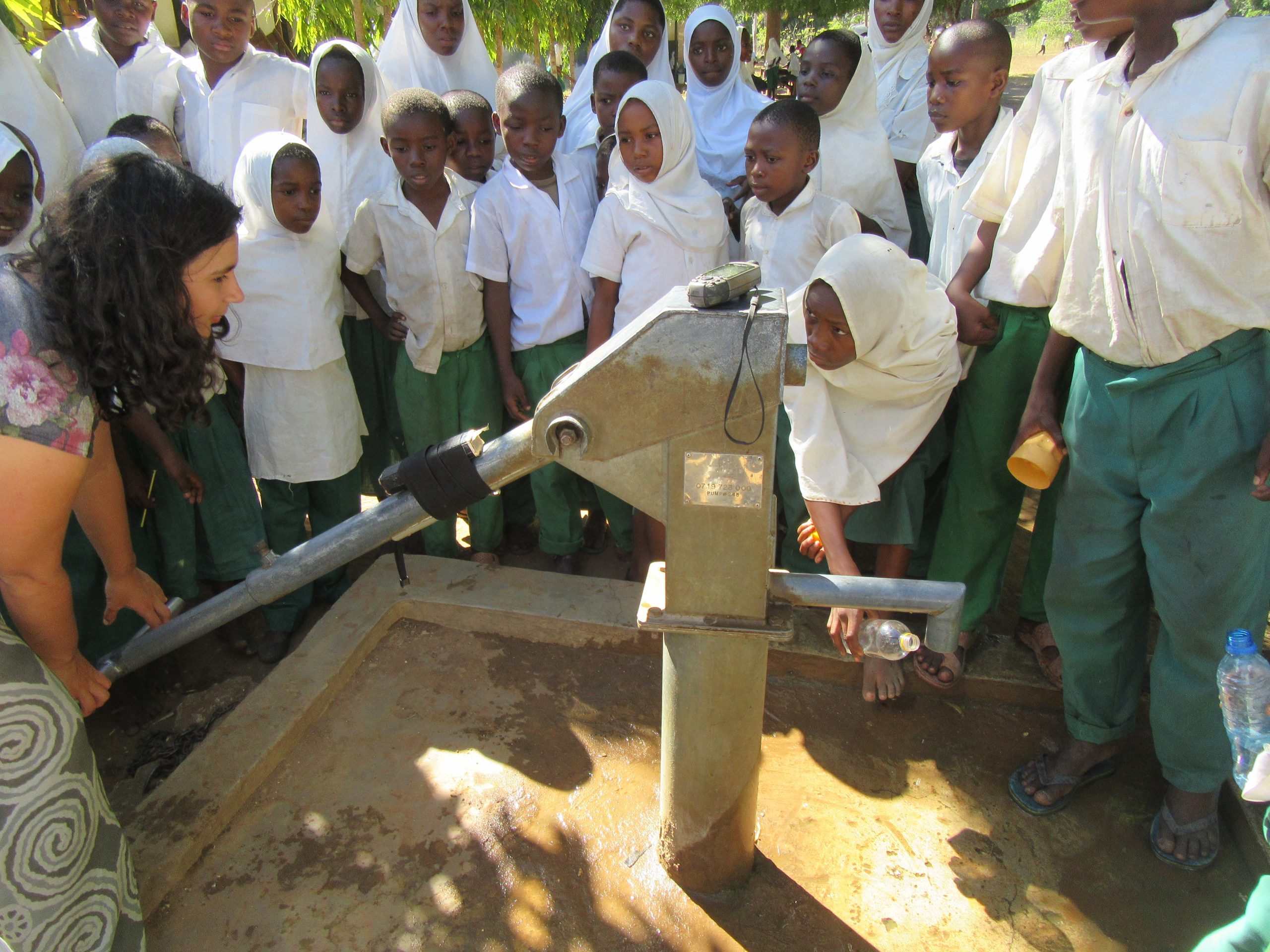Predictive health monitoring is widely used in engineering applications to detect damage to infrastructure as early as possible. Forecasting failure rather than merely detecting failure once it occurs helps to reduce the downtime of systems. Ideally, predictive maintenance can be used to avoid downtime completely. With this approach already widely used in many fields from commercial and military jet engines to patient monitoring in health systems, it is now being extended to monitoring the condition of handpumps in rural villages.
The handpump remains a reliable and low-cost method to access groundwater, making it a critical component of rural water supply for around 200 million people in Sub-Saharan Africa. Community handpump models, such as the Afridev and India MK II, are designed to lift water from deeper sources than traditional rope and bucket systems which can only be used in shallow wells. However, high water demands result in continuous usage and frequent breakdowns. Unfortunately, practical challenges in the supply of spare parts combined with a lack of local skills and resources result in an estimated 30% of handpumps in Africa not working at any given time.
The use of predictive maintenance in handpumps has the potential to limit interruptions of weeks or more which are common across rural Africa. A broken handpump in a remote village can force women or girls to walk up to 20 kilometres to find alternative sources which may be contaminated or expensive. Reliability and sustainability of water supplies are important to ensure healthy communities, societies, and economies in all regions of the world.
The Oxford University ‘Smart Handpump’ was successfully introduced in 2012. Proof-of-concept for the remote monitoring of handpumps used a simple microprocessor, accelerometer and global system for mobile communications (GSM) components. The Smart Handpumps provide hourly data on usage.
In 2014 a preliminary analysis used high frequency accelerometer data to show that these patterns contain useful information. High-rate waveforms from the accelerometry data can be processed using robust machine learning methods that are sensitive not only to the dynamics of the whole system but also the subtle interaction between the user and the pump. The small changes in pump dynamics and the subtle reactions of the user become a prominent signal in determining the deterioration of pump mechanics and imminent failure. This same signal can also be used for monitoring the level of the shallow aquifer at the pump location.
By retrofitting a simple and inexpensive device to a standard pump handle, the Smart Handpumps are able to pro-actively monitor the condition of handpumps and ensure that millions of people can access a reliable water source.
In February 2016 we visited 33 different handpumps across the Kwale County in southeast Kenya. We recorded 103 different users extracting approximately 5,059 litres of groundwater using the handpumps. These data will be used to produce a low-cost predictive maintenance system that is scalable across large rural regions. The development of a prototype hardware system is being supported by UNICEF, funded through a competitive tender process, as part of their Product Innovation portfolio. Field testing will be conducted in partnership with UNICEF country programmes in Eastern and Southern Africa.
By monitoring the heartbeat of thousands of handpumps across Sub-Saharan Africa and South Asia, it is possible to give millions of people access to a reliable and secure water network. The handpump network has existed for many years and despite being neglected remains the most reliable method to access groundwater in remote locations as the world advances to achieving universal drinking water security.
Take a look at the video to see our work in Kwale County in Kenya in action.

